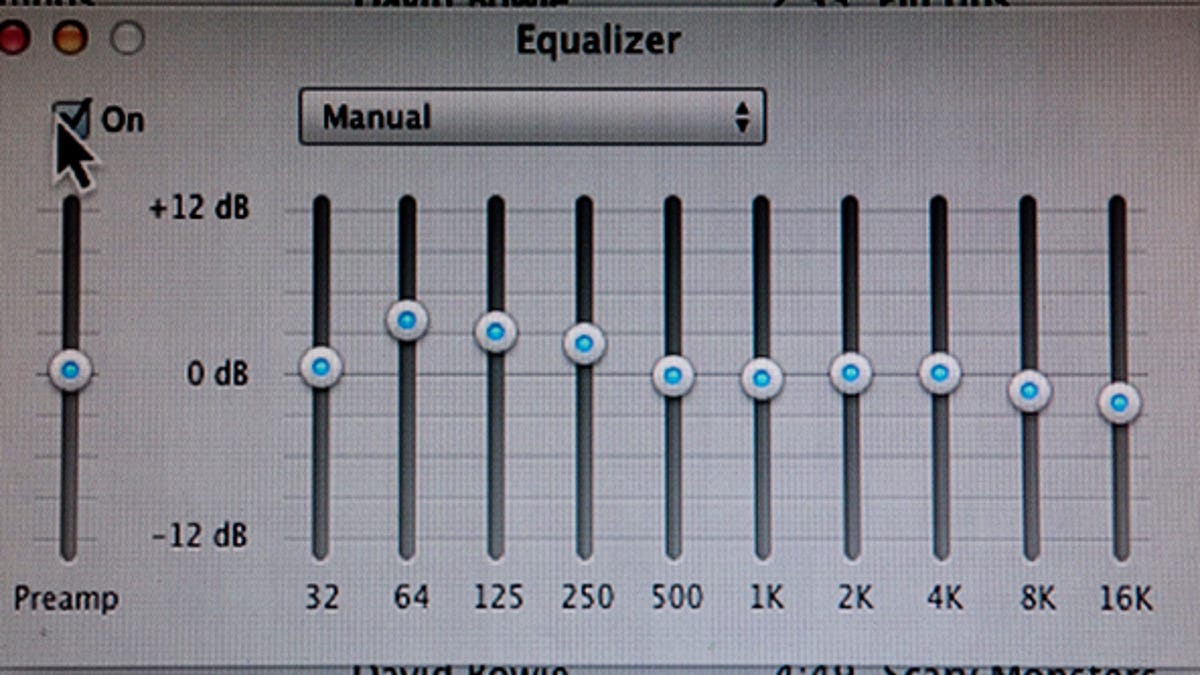Do you use tone controls or an equalizer?
Some listeners never stray from the "flat" settings; others tweak the bass and treble to taste. What about you?

I can't name one truly high-end preamp with tone controls, and that's because most audiophiles wouldn't dream of altering the signal in any way. Home theater buyers see things differently, so virtually all AV receivers have bass and treble controls and many employ auto setup programs that feature extensive speaker and room correction processing. Some say the processing improves the sound. Personally, I'm far from convinced these calibration systems really do that, they change the sound, but the results are too inconsistentto be counted on. If your receiver has auto setup, try turning it off, and see if it improves or degrades your sound.
Apple's iTunes has extensive equalization controls, and countless phone apps offer more ways to alter the sound. I don't have a problem with any of this. If you want to boost the bass, or add more sizzle to the highs, go for it. I rarely indulge; I prefer to use the best sounding headphones and speakers I can, and take the sound as is. Whatever works.
I've noticed with headphones the listening environment can radically influence the perceived tonal balance. For example, my Velodyne vPulse in-ear headphones have way too much bass at home, but on the New York subway the bass balance sounds "flat." That's because there's a lot of low-frequency rumble and noise on the subway that masks or covers up the low frequencies in the music. Buses, cars, and planes also have a lot of rumble and noise, and headphones with extra bass oomph can partially compensate for some of that. Headphones that sound great at home tend to sound bass-shy on the subway.
With speakers, room placement issues come into play. A speaker that measures "flat" in the lab will never sound flat in your living room. The floor, ceiling, walls, and furniture all change the sound of speakers, and moving speakers to different places in the room can dramatically change the sound, for better or worse. Some self-powered speakers have "tone controls" on their backsides; my Emotiva Airmotiv4s sport bass and treble adjustments. I use them to fine-tune the sound on my desktop.
Some people like a lot of bass, and tone controls or an equalizer will let them shake the foundation as much as they please. Share your thoughts on the effectiveness of tone controls, equalizers, and AV receivers' correction systems in the Comments section.

